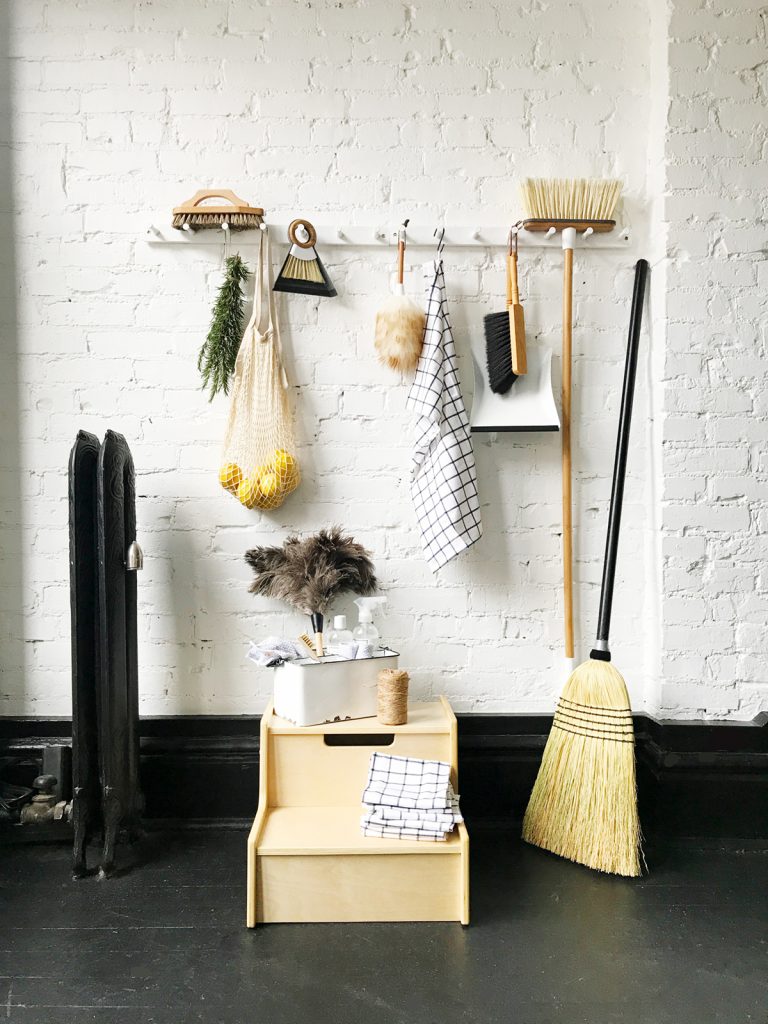Zero Waste Blog, Zero Waste Ideas
10 Tips For A Zero Waste Cleaning Routine
The zero-waste lifestyle continues to grow in popularity—great news for our planet. For those new to the idea, it aims to decrease the waste (especially single-use plastic) we consume daily through purchases, shipping and personal-care routines.
Zero waste cleaning is one of the easiest ways to avoid toxic chemicals, preserve the environment, and live on a budget. Green cleaning means switching to DIY natural cleaners, household repurposed items and non-plastic tools. Its aim is to reduce unreasonable waste from conventional cleaning. Zero waste cleaning is also a way to protect your health and create a safe, hygienic environment for you and your family.
Nowadays, we live in a throwaway culture with waste as an end product. Waste is an artifact of human existence that we see in our linear economy. Take wet mopping pad cloths, for instance: we use them for 10 minutes, and send them to the dump. Or your pest repellent machine: once it breaks down, it’s cheaper to chuck it in the trash & buy a new one rather than getting it fixed.
Cleaning your home is important. However, cleaning our homes we use a lot toxic cleaning chemicals, none of which are of any health benefit to us, actually most cleaning agents may hurt your family and the environment and the incredible amount of waste that’s generated from single-use cleaning products.
Table of Contents
1. Use What You Have
At the core of zero waste is to use what you have to reduce overall resource consumption, so keep using your existing durable cleaning gear – even if it isn’t as aesthetically pleasing as a wooden mop and stainless steel bucket. To avoid unnecessary waste, try to put old items into practice.
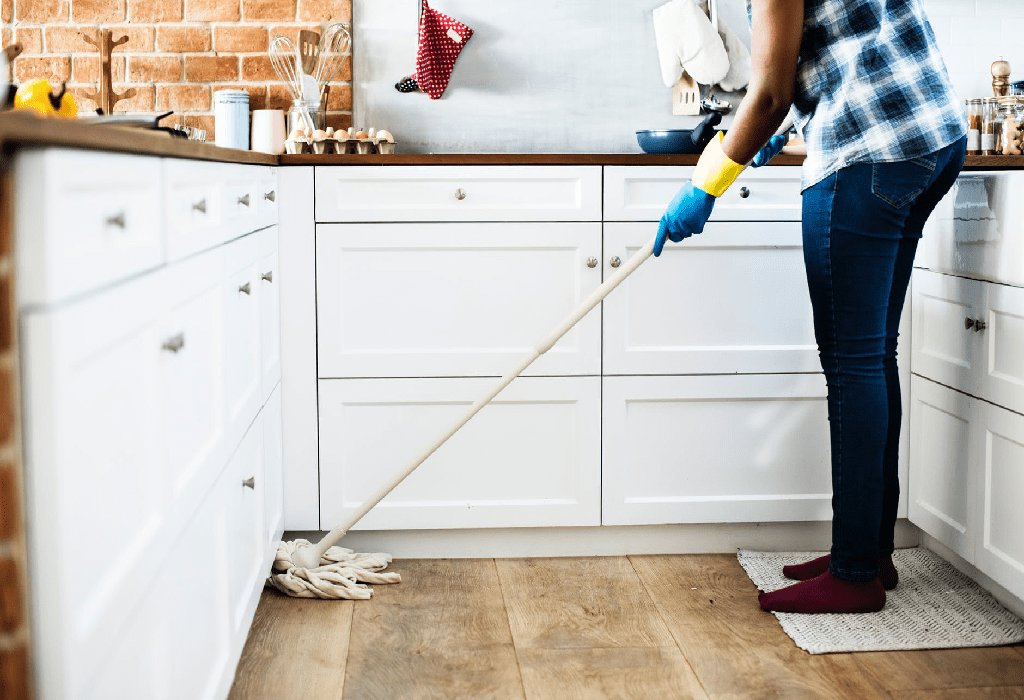
2. Repurpose Old Items for Cleaning
If you do not have durable cleaning gear at home, look for secondhand items! For instance, next time you change your kitchen sponges. When you put a new one for the dishes, use the old sponge to clean stubborn stains. Old toothbrushes are excellent for cleaning in between tiles and hard-to-reach corners. You can also use a compostable bamboo-handled brush with natural bristles (good for toilets) or hemp scrubber. Much of these items will last a lifetime, and adopting them saves them from the waste stream.
Towels, cloths and napkins made from natural fibers are the most logical, economical, and reusable item you can possibly use. Why? Because synthetics retain microplastics which will ultimately end up in our oceans, in our environment, in animals and my extension: in ourselves. So make it a rule that stuff you clean with are all natural materials, that way you will be able to wash your textiles guilt free.
3. Ditch the Single-Use Items
Disposable duster and mop pad products will take eons to breakdown and can leach harmful chemicals into the soil.
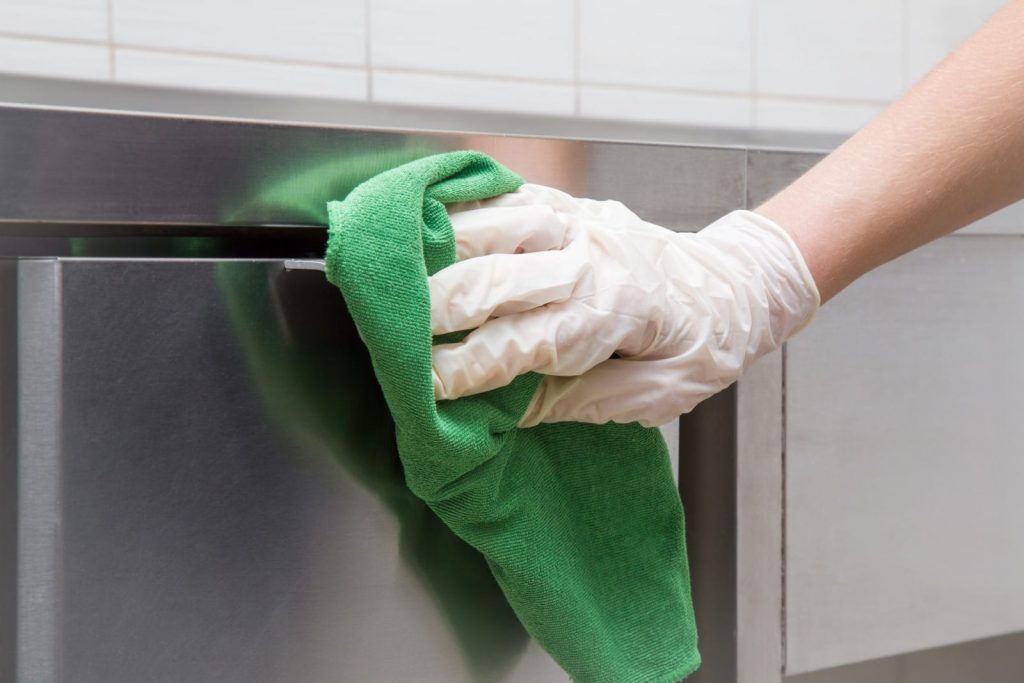
Another quick and easy way to get rid of single-use cleaning items in your house is to make your own reusable disinfecting wipes. This helps you save money and eliminate disposable disinfecting wipes that are made with unsafe chemicals and create unnecessary waste. Here are some easy changes you can make to reduce your waste:
- Refuse wet mopping cloths
- Refuse dryer sheets
- Refuse pine-scented disinfecting wipes
- Refuse disposable cleaning gloves
- Refuse mountain breeze air fresheners
4. Zero Waste Cleaning Tools
Most likely if you open your laundry closet you’ll find a whole bunch of plastic looking back at you! Ditch that plastic dish washing brush right away. They contain microplastics and they end up in waste incinerators, or in landfills. In short: they do not do anyone any good. As an alternative, you can find brushes in natural materials instead, like wood or bamboo.
Zero Waste Swiffer or Cuban Mop
Using a Swiffer can easily be made out of scrap fabric, and it can be used as a zero waste mop if you abandon the single-use pads in favor of reusable ones. Cuban mops are widely used mopping solutions across Latin America and Europe. They are made with two wooden poles to form a T-shape, and a reusable towel is folded over the end of the poles to form a mop head.
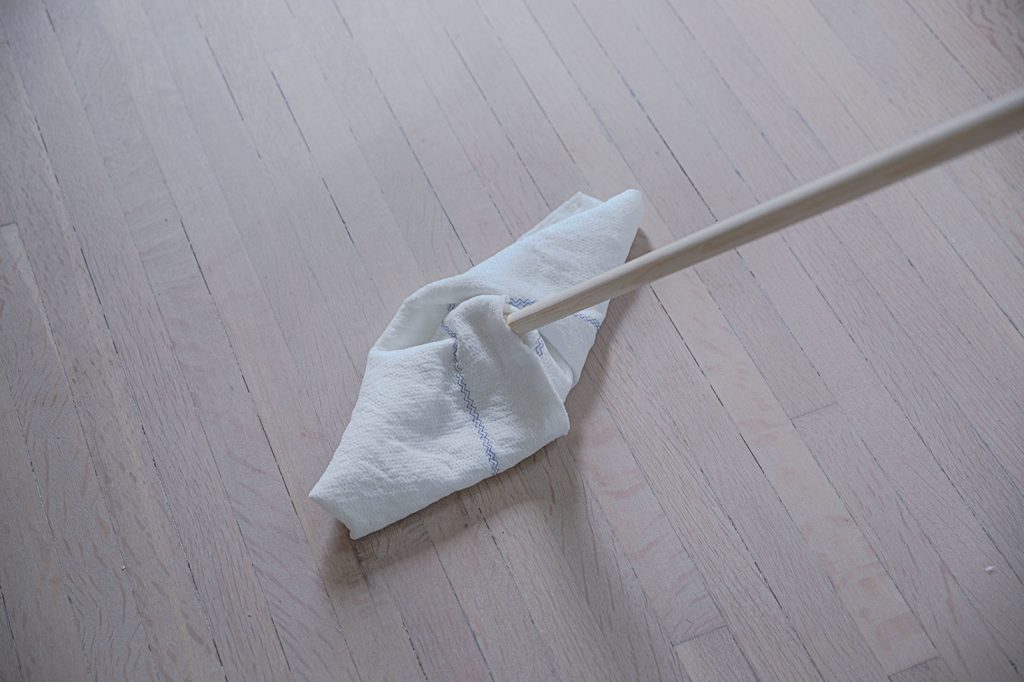
Mop With a Wooden Handle and Removable Head
If you don’t have an old Swiffer mop you can repurpose into a reusable mop, get a floor mop that has a terry cloth cover you can throw in the washing machine when you’re done cleaning.
Stay away from disposable wet floor wipes, as they do not biodegrade and create serious blockages in sewer systems. You can also use a rag tied attached to a mop head (secure with rubber bands or twine)
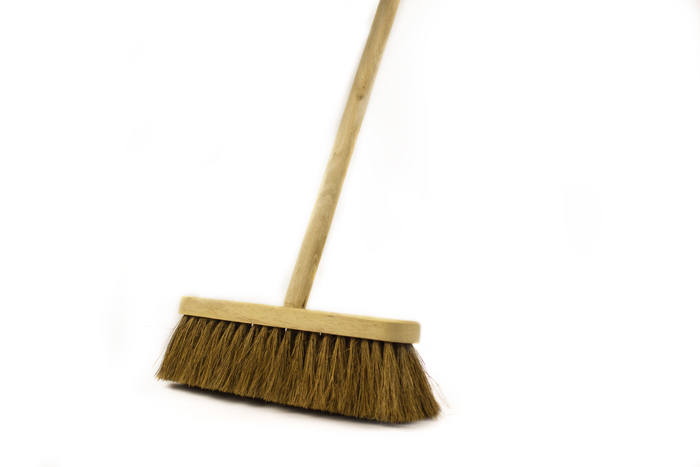
DIY Upcycled Mop
If you have an old mop handle and cotton towels laying around, consider upcycling them into a DIY mop. This is much cheaper than buying a new one, and it’s always more sustainable to upcycle old materials rather than buying new ones
Stainless Steel Bucket
If you use a traditional mop, you’re going to need two buckets – one for rinsing, and one for the cleaning solution. Most buckets are made of plastic, so try to find ones made of something like stainless steel instead. Galvanized buckets last forever. You might even be able to find one in an antique store or your grandma’s basement.
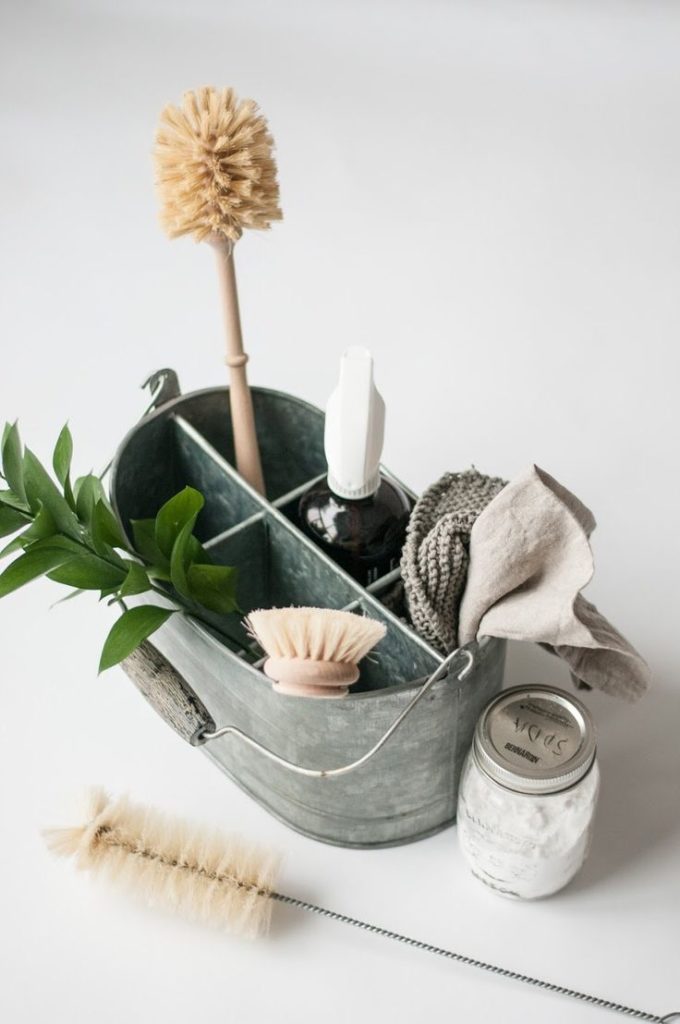
Glass Spray Bottles and Shaker Containers
A couple glass spray bottles and glass shaker container with a metal lid are all you need. Fill one spray bottle with vinegar, the other with some castile soap or grated soap flakes mixed with water. The shaker is perfect for baking soda, which you’ll always need on hand.
Vacuum Cleaner
If you need a vacuum, find one that does not require a bag or with reusable filter. Our only demand was that it was supposed to be bagless, not only is it way easier and cheaper, but it will also save you a lot of waste in the process as most vacuum bags are made from synthetic materials.

Dyson upright vacuum cleaner, which comes with a reusable filter that can be tossed in the dishwasher as needed and the canister gets emptied right into the garbage or compost. Dysons are pricey but they make a great product that works well.
5. Zero Waste Cleaners
Along with what kind of equipment we use, it’s also important to think about what cleaning solutions we use when working towards a zero waste mopping routine.
Some consumers might assume harsh chemicals are the only way to get a surface truly clean, but that’s not often the case. A few simple ingredients like white vinegar, baking soda and castile soap could replace the majority of household cleaners and are just as effective. Try making your own cleaning agents. it is not nearly as difficult or hippie-ish at it sounds, but actually it may be really beneficial for you. Vinegar actually helps to absorb smells, and its own scent will disintegrate into the air, so it will leave your home clean and scent free.
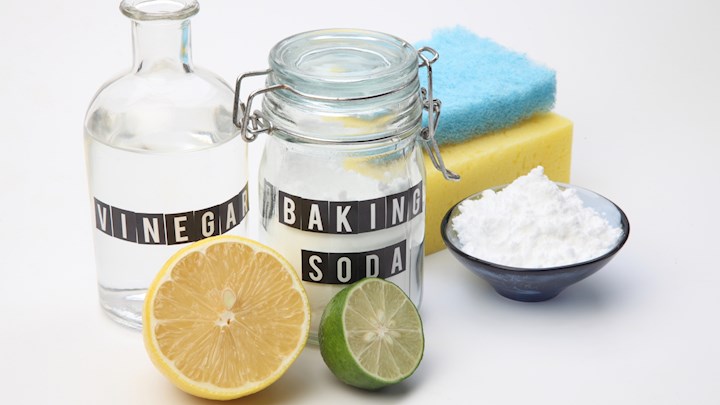
If you are making your own DIY cleaning products to protect your health and the environment or to save money, consider reusing cleaning containers such as spray bottles, pump bottles, toilet bowl cleaner bottles, laundry detergent bottles, and dishwasher powder containers.
For a more sustainable home, start by paying attention to the items you’re throwing away. You only have to make a few simple changes to your current cleaning routine to make it more eco-friendly.
Source: Internet.

